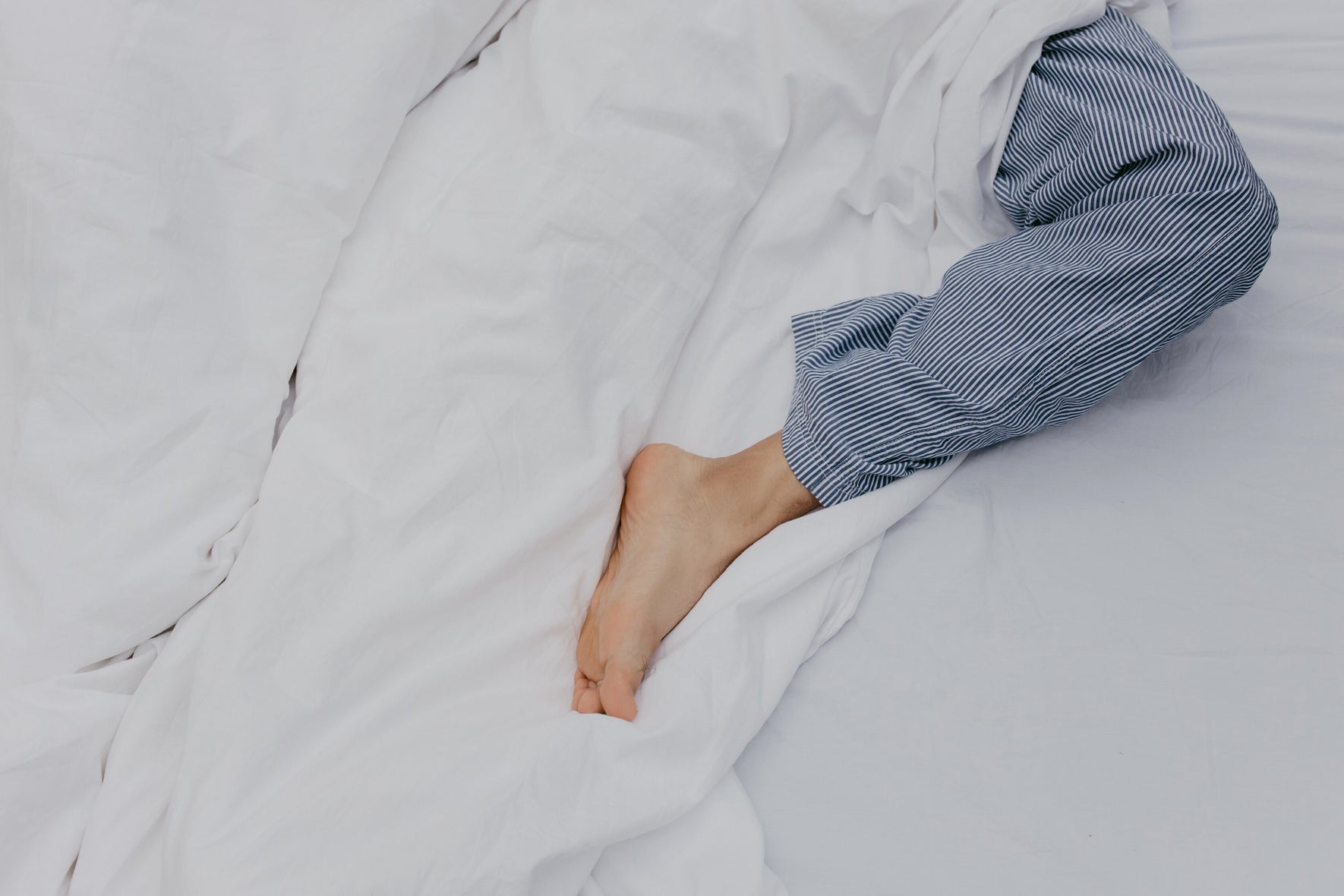
How to Take A Power Nap
According to a recent study, over three quarters of British adults aren’t getting their recommended eight hours sleep a night, which means many of us are not only experiencing tiredness and exhaustion throughout the day, we’re compromising our overall health too. While power naps certainly aren’t a long-term solution to poor sleep habits, research has shown that they could be a more useful tool in our wellbeing arsenal than we might think. As well as boosting energy and productivity, a well-timed daytime nap can reboot brain function and enhance memory consolidation, something many of us might feel we’re lacking right now. Read on for our top tips on how to take a proper power nap…
Who can benefit from a power nap?
If you regularly get between 7-9 hours of good quality sleep a night, then chances are you don’t really need to invest in a power nap during the day. If, however, you find your focus or productivity starts to falter, you feel sluggish or like you’re walking through mud, or you’re failing to process information or remember things when you should be feeling pretty awake, then it might be a good idea. One thing is for sure though, if you suffer from insomnia or any kind of sleep issues, power naps are not for you. Instead of topping up your sleep, it’s best to persevere with setting and maintaining a regular sleep schedule instead.
How long should a power nap be?
The length of your power nap is crucial and is based around sleep cycles. A normal sleep cycle begins with a light stage of sleep called NREM, or non-rapid eye movement, which then segues into a deeper stage of sleep called REM or rapid eye movement. One whole cycle of sleep from NREM to REM is about 90 minutes but when it comes to napping, it’s important to only dip into NREM, waking before you hit the REM stage. For most people this means a nap of around 15-20 minutes. Keeping naps to the lighter stage of sleep will ensure you wake up feeling refreshed, while entering into the deep sleep phase and allowing the time to spill over into 30 or 60 minutes will only leave you feeling groggy and disorientated when you wake.
When is the best time to have a nap?
Don’t nap too late in the day. The general consensus is anything after 3pm is too late and could affect your night-time sleep. An hour or two after lunch is generally a good time, as your blood sugar and energy levels drop naturally.
Where is the best place to nap?
Wherever you choose, make sure it’s free from distractions, and devices, and ensure it’s quiet enough for you can doze off uninterrupted. Use a sleep aid like an eye mask if the room is too light and equally, make sure the room is cool; too hot and you might find you have trouble dropping off, so take off any layers or crack open a window beforehand if you need to.
How to enhance your power nap
If you’re a coffee drinker, time your afternoon espresso right before you enjoy your doze. It might sound counterintuitive but the caffeine in coffee doesn’t kick in straight away, instead taking anywhere from around 20-45 minutes to take effect. That means, timed right, it will start to work its energising wonders right around the same time you wake from your nap, leaving you feeling doubly refreshed and alert.
